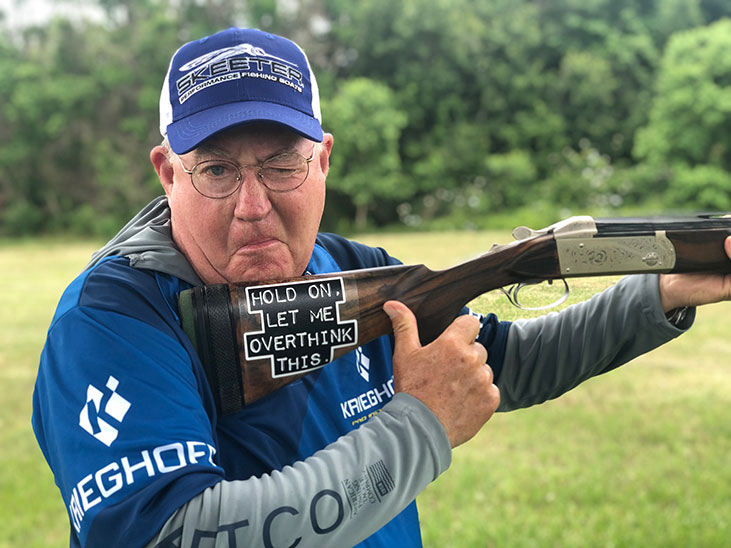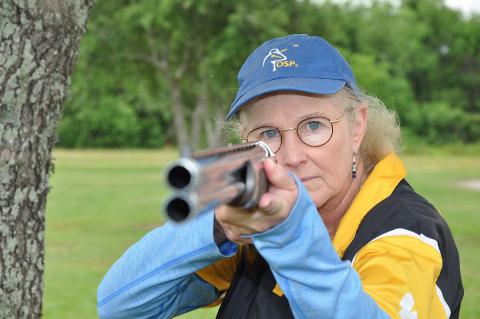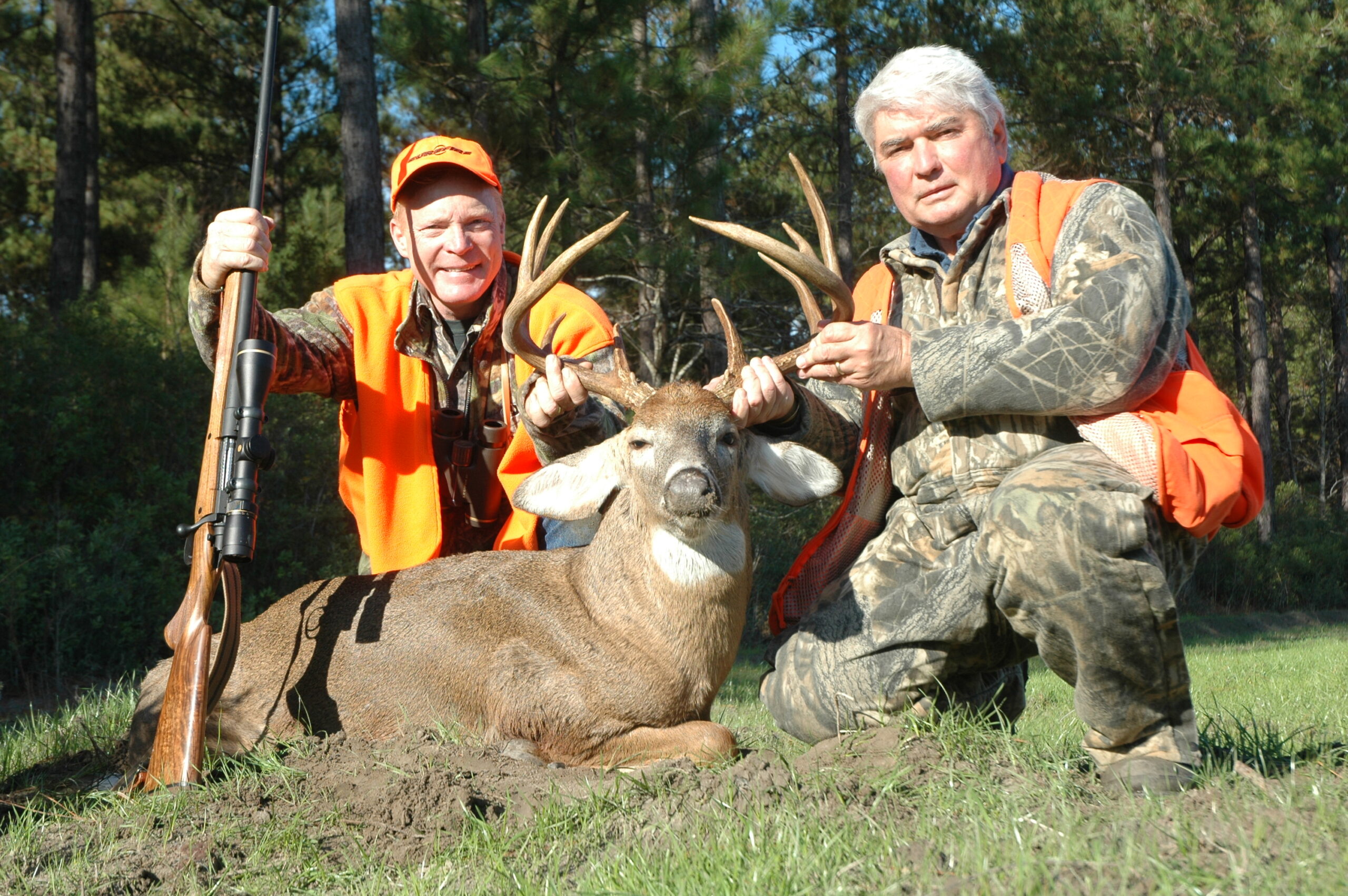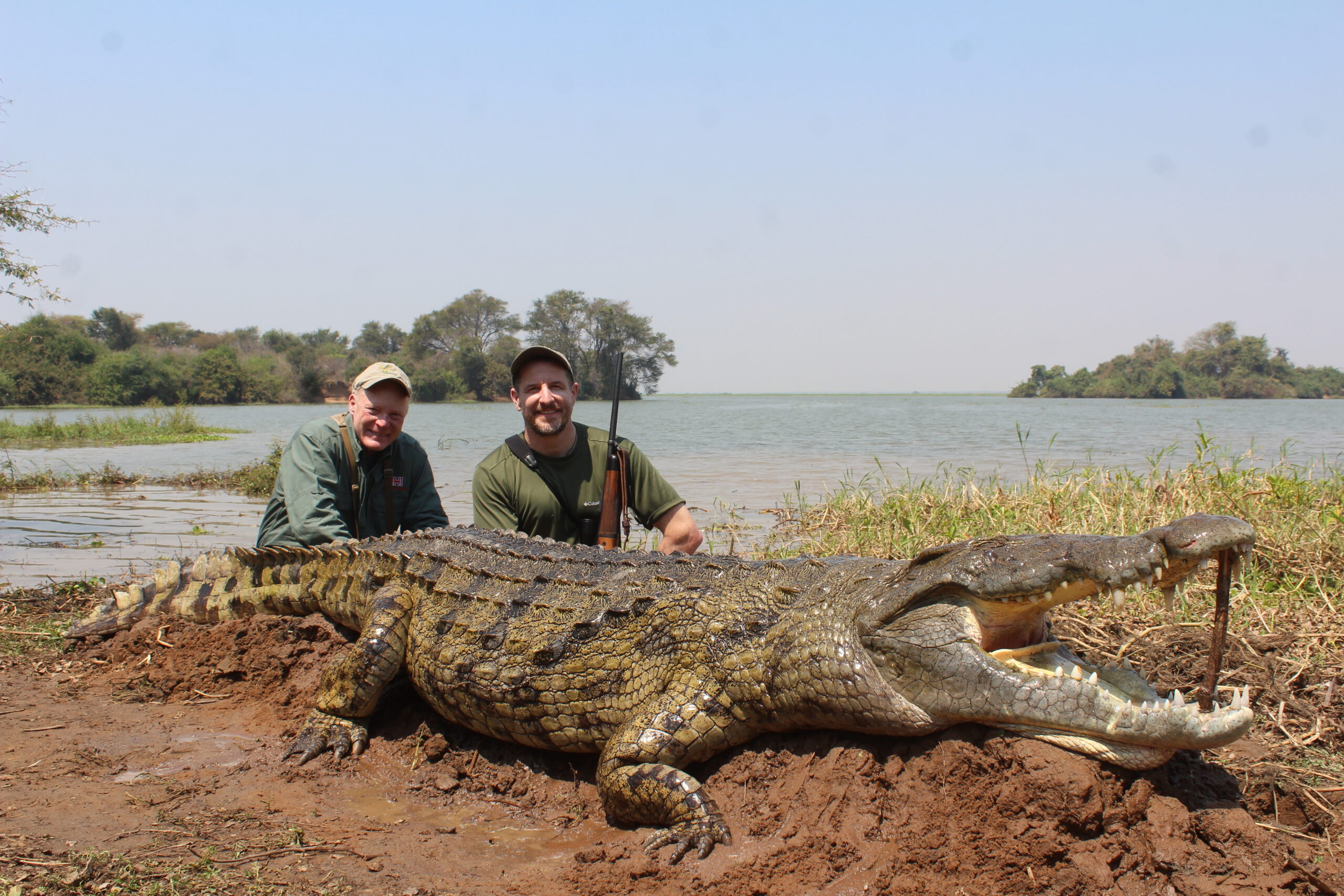We find ourselves back on the road, traveling around our country, doing our shooting clinics and it feels good to get back to normal or what was normal before COVID. We are both vaccinated and are still careful, but things are looking up and there are a lot of shooters who want to learn to become better wing shots, who come to our clinics in the heat of summer getting ready for opening of dove season.
As our skill building research evolves in wing and clay shooting, what we teach evolves with it and is a real motivator for shooters to come back and work with us on an ongoing basis. We have put on several courses for other coaches and interested shooters, discussing how we diagnose shooters’ problems on a much deeper level as a way to give back to the NSCA instructor program which Gil helped start in 1990.
The theme of these courses is “Knowledge Is Not Understanding” and it is based on our research in studying skill building as well as performance in many different arenas. It’s one thing to stand behind a shooter and tell them that they are behind the target or give it more lead but it is entirely different to be able to get inside their head and truly understand what that shooter’s perceptions are before, during and at the shot.
Everything we do in shooting a moving target occurs in the periphery, and everything in our periphery is as much as 300mls behind real time, which leads to the plethora of perceptions out there by shooters of all ages and experience levels.
In his book Peak the late Anders Erickson consistently referred to our brain’s necessity to have a mental representation of what it was going to do before it began to do it. This, coupled with our understanding that the eyes don’t see — the brain does, and studying a lot of David Eagleman’s videos as well as his books on the brain, have given us an insight into diagnosing our clients’ problems on an ever-deepening level.
It’s one thing to know where the shooter missed, but it is entirely another to know why and be able to explain it in a way that the shooter sees it as improvement instead of change! Our experience has shown that when a shooter looks at something as changing what they do, it takes as many as 10 times the number of repetitions as learning something new that will have many benefits to their skill level in their game.
“No improvement happens without change. For every change there is a price, the value is in the commitment to the change,” Vicki Ash.
In our 30 years of coaching on three continents, what we teach has evolved just like what you see when shooting a shotgun at birds and clays evolves with your experience. We mentioned earlier that everything we see in shooting moving targets with a shotgun occurs in the periphery and the perception is about what the gun looks like to you in the periphery when you are focused on the target.
So, what does it look like to be moving the muzzle of the gun ahead of a moving target and how far does it need to be to put the shot on a path to collide with the target at a given distance? On the surface it sounds like something that is so simple (knowledge) but knowing in advance what it is going to look like with the muzzle 36 inches in front of your nose and the target 36 yards in front of your nose and moving 25 mph left to right is not quite as simple as it sounds(understanding), especially in the beginning.
In the beginning, what it looks like to hit a moving target with a shotgun is one of the most visually confusing things a human being can attempt to do. First, you must understand that the eyes don’t see but the brain does. And how you want your brain to see something is totally dependent on how it has seen it in the past, which can be controlled by how you want the perception to be seen.
Your brain is a three-pound blob that is surrounded in darkness by your skull and it has never seen the light of day. However, much like a computer gets fed sequences of ones and zeros and creates intelligence, our brains receive impulses from our senses and based on their sequences, interprets from our memory things we have done or observed.
Our past creates our reality. Your brain cannot do anything unless it first has a picture of what it is you are asking it to do. If you have never done what you are asking it to do it will interpret the sequences into something that is similar to it in your memory which, in almost all first time wing and clay shooters, is to look down the barrel and aim at the target.

We call this the aiming perception and so many things look so wrong when focused on a distant object looking down the barrel of a shotgun, especially the first time you do it. We stumbled around with white boards and verbal descriptions of what this really looks like for several years and then created some animations to help us explain what it really looks like to be looking at a target at distance and have the muzzle ahead of it.
Shooters all over the world are understanding what it really looks like to hit a moving target with a shotgun on our Knowledge Vault website, after watching those very animations and ShotKam Kill Shots on clays and game birds. Yes, you can learn how to improve your wing and clay shooting on the internet.
We are beginning to see more of you in our clinics as we travel around our country and that is exciting. We missed seeing you at convention this past winter, but hopefully we will be able to meet and exchange ideas soon.
We have studied skill building with Dr. Leif French who has researched skill building for the past 30 years and, wow, has our ability to explain as well as shorten the learning curve for our customers improved dramatically. Skill cannot be transferred or given. It must be built by you, through repetition.
The brain cannot visualize anything it has not done before. Your ability to visualize is tied directly to how many times you have done something in your past, and in the beginning the understanding is very conscious. There will be failure as the brain stumbles through the learning process. In a short time, if you do the repetitions, things evolve and become much clearer and much easier to visualize, but there will be failure and, unfortunately, that is the way the brain learns.
There are people out there who are constantly looking for a quick fix, so they will not have to go through the repetitions and failures to get better. But the research shows that the very things they are trying to avoid are necessary steps in the skill building. The thought process of these “Quick Fixers” is, if I could just know what the last club champions see when shooting sporting clays, then I could be just as good as they are.
In some instances, these good shooters are willing to show you how they do it. Although well intended, even if it is successful in the beginning, the success will quickly fade because what they are able to do comes from their brain’s memory of what they have seen in all of their past shots.
In a recent clinic at Cosner Preserve in North Carolina, we had a repeat client tell fellow classmates about his experiences with instructors in New York where he lived. He shared that in the past two years he had taken lessons with eight different “coaches” until he had a clinic with us in Houston.
He added that every one of the lessons began with the coach saying, “Well this is how I do it…” He then went on to share that OSP is the only coaching program he knew of that teaches a system of shooting that allows for you to get better on your own and also allows for you to be able to self-correct and that is backed up with a website for you to continue learning.
The OSP system is based on the science of how the retinas begin processing the data and how the brain turns the sequences of visual data from the retinas into visual perceptions that are so clear and are unforgettable. Every clinic we do begins with a series of animations and ShotKam shots that we created so it becomes easier for every brain in the clinic to begin to be clear on how the sequence must be built from the past sequences they have stored.
We do spend a lot of time studying and learning from other experts in the different fields that pertain to building skill with a shotgun, and we can make some sense of the confusion and why it is there, but the individual must put in the time if he or she wants to get better.
All of the visual data on our site does help the brain understand, at a much higher level, how it needs to interpret the visual data and what sequence of movement it needs to create to put the shot on a pathway to meet the target. It does begin as knowledge and through practice, failure and repetition it does evolve into understanding of what it looks like to hit a moving target with a shotgun.
After all, you can’t visualize something you’ve never done. The more you experience it, the more it becomes a visually acceptable picture in the brain and information processing system.




